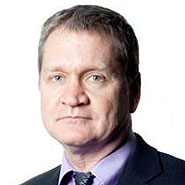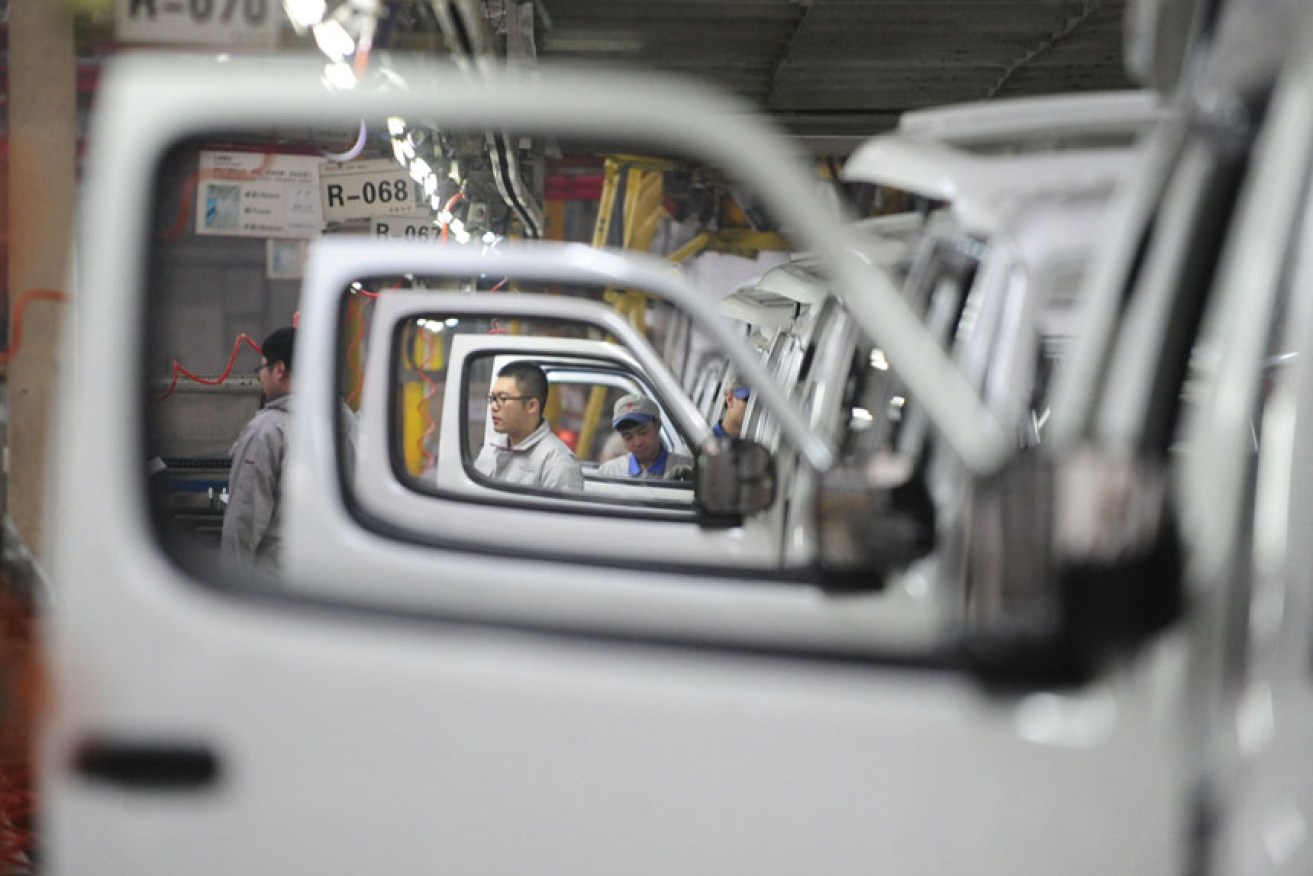Follow the money on car industry funding, not spin


The story in Tuesday’s newspaper version of the Adelaide Advertiser was billed as ‘exclusive’ and seemed to be clear enough.
The headline was “$900m Tune-Up”. The first paragraph read: “Almost one billion in car industry support is expected to be spared from the axe today, as the Government backs down on cuts to a scheme vital to the future of SA car workers.”
The story foreshadowed an announcement this week by Industry Minister Ian Macfarlane that the government would not proceed with a plan to cut $900 million from the main industry program, the Automotive Transformation Scheme (ATS).
• Car industry U-turn not a backdown: Macfarlane
• Car subsidy savings downgraded
However, Mr Macfarlane’s later press statement admitted that “most of the savings from the programme will still be realized”.
During his press conference, the Minister said “there will certainly be hundreds of millions of dollars spent, that weren’t going to be spent, if we’d proceeded with the cut”.
But another story claimed that only around $100 million would be spent through the ATS program. This figure is thought to come from a source pushing the line of the Treasurer Joe Hockey.
So what’s going on? It’s worth revising because there are 40,000 jobs in play.
The short version is that the Coalition went into the 2013 election promising to cut $500 million from the ATS scheme between 2015-2017.
For a variety of reasons, all three local car makers have since decided to cease local production – Ford in October 2016, followed by Toyota and GM Holden in late 2017.
The Abbott government is dominated by ministers who want to end taxpayer support for the car industry, like Mr Hockey. Mr Macfarlane was supportive of some form of continued assistance, but lost out in cabinet.

Ford will no longer manufacture cars in Australia from late 2016… Photo: Getty
So the government put up legislation to cut back ATS funding by the original $500 million plus a planned $400 million spend between 2018-2021, which is claimed would not be needed once local car production ended.
But there is strong evidence from opinion polls that the Federal Coalition’s failure to support the car industry – and manufacturing in general – is unpopular with voters in the car-making states of Victoria and South Australia.
Indeed, a Newspoll in January found swings against the government of 10 per cent in two Federal seats in SA which are held by the Liberal Party – Boothby and Hindmarsh.

… while Holden … Photo: Getty
Late last year, a Newspoll found the collapse of the car sector was a crucial factor in Labor’s win in the Victorian state election, a trend expected to spill into Federal voting intentions.
In the end, the government was unable to get the legislation needed to cut the ATS funding through the Senate, where it was opposed by three crossbenchers from SA and Victoria – Nick Xenophon, John Madigan and Ricky Muir.

… and Toyota will cease local production the following year. Photo: AAP
Faced with this political roadblock, the Abbott government tried to make a virtue out of necessity by announcing that it would not proceed with the legislation to cut the ATS funding.
The political aim is to keep funding the ATS scheme until the end of 2017, which would avoid early closure of Holden in Adelaide and Toyota in Melbourne.
This will decrease the chances of mass job losses in late 2016, when the next Federal election is likely to be held and the Coalition already has a bootload of baggage, maybe even a full-trailer as well.
The car industry has an estimated 40,000 direct jobs – about 6,600 jobs at the car makers and some 33,000 jobs among the component makers.
It’s true that less money would be paid out of the ATS scheme between now and 2017 because it is partly linked to how many cars are made. Ford will shut next year and output from Toyota and Holden may taper off.
Yet the amounts of car industry funding being thrown around by the government – and journalists – don’t add up.
The ATS scheme has about $300 million in annual funding between now and 2017. The government says it won’t cut the scheme, but it expects to make savings due to lower production.
However, the car makers get 55 per cent of the ATS funding, while the component makers get 45 per cent. The funding share going to component makers is linked to research and development and capital investment.
The government has a good idea of how much will be spent from the ATS fund in the next three years because it gets confidential estimates in advance from the car industry.

Industry Minister Ian Macfarlane toured Holden with South Australia Premier Jay Weatherill in January. Photo: Getty
Whatever the case, it is unlikely that only $100 million will be spent out of the ATS scheme’s three-year allocation of about $900 million.
All of this matters because the component makers are in a race against time to diversify their markets. This involves breaking into overseas automotive markets like south east Asia, India and China, while also making new, non-automotive products – like medical technology and pre-fabricated construction.
But the car component sector – and the 33,000 people they employ – needs certainty and time to make the transition. These businesses hope to continue operating once local car production ends in late 2017 but the government sounds like they’ve already written off those jobs.
The component makers got some respite from the fall of the Australian dollar, which was a major factor in the decision of the three car makers to cease local production.
But they’ve got no respite in the politicking within the Abbott government over industry policy.
And journalists should ask more questions when given the “drop” on a press release, or run unsourced figures from politicians who don’t want to go on the record.








